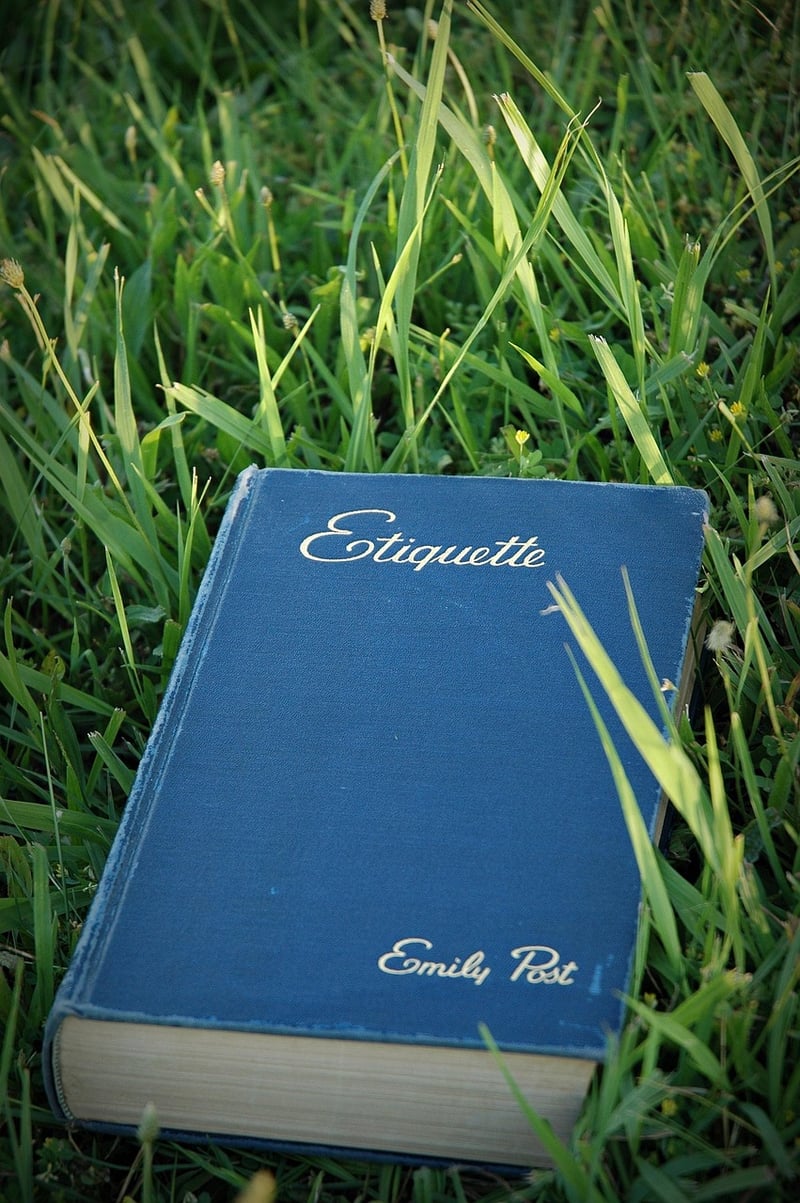Historical Etiquette
Expert Advice and Tips for Modern Etiquette
Introduction
Etiquette is the set of rules and conventions that govern polite behavior in society. While some aspects of etiquette have changed over time, the essence of good manners remains timeless. In this article, we will provide expert advice and tips for navigating modern etiquette with grace and confidence.
1. Communication Etiquette
In today's digital age, communication etiquette plays a crucial role in how we interact with others. Whether it's through email, text, or social media, here are some tips to keep in mind:
- Use proper grammar and punctuation in your written communication.
- Respect other people's time by responding promptly to messages.
- Avoid using all caps, as it can be interpreted as shouting.
- Be mindful of tone and context when using humor or sarcasm.
2. Dining Etiquette
Good table manners are essential, whether you're dining with friends, family, or colleagues. Here are some dining etiquette tips to remember:
- Napkin etiquette: Place your napkin on your lap when seated and use it to dab your mouth, not wipe.
- Utensil placement: Start with the utensils on the outside and work your way in with each course.
- Chewing and talking: Avoid speaking with food in your mouth and chew with your mouth closed.
- Thanking the host: Always express gratitude to your host or hostess for the meal.
3. Workplace Etiquette
Etiquette in the workplace is crucial for maintaining a professional environment and positive relationships with colleagues. Consider the following workplace etiquette tips:
- Respect personal space and boundaries in shared work areas.
- Avoid disruptive behavior like loud talking on the phone or playing music without headphones.
- Be punctual for meetings and deadlines to show respect for others' time.
- Practice good email etiquette by using clear subject lines and professional language.
Historical Etiquette
Looking back at historical etiquette can provide insights into the evolution of social norms and behaviors. While some practices may seem outdated today, the principles of respect and consideration are still relevant. Here are a few examples of historical etiquette:
- Victorian Era: The Victorian era was known for its strict social codes, including rules for dress, speech, and behavior.
- Medieval Times: Etiquette in medieval times often revolved around chivalry, honor, and courtly love.
- Renaissance Period: During the Renaissance, etiquette manuals emerged to guide individuals on proper conduct in society.
Conclusion
Etiquette is a reflection of our respect for others and ourselves. By following these expert tips and embracing the lessons of historical etiquette, we can navigate social situations with confidence and grace.

Remember, good manners never go out of style!
